Last Chance to Catch NYC's Holiday Notalgia Train
We met the voices of the NYC subway on our nostalgia ride this weekend!


Did you know that ruins can be landmarked? The Colosseum in Rome and the pyramids of Egypt may be the most well-known ancient relics but they are definitely not the only ones. We did some digging and compiled this list of lesser-known landmarked ruins from around the world. Surprisingly, there is even one in New York City!
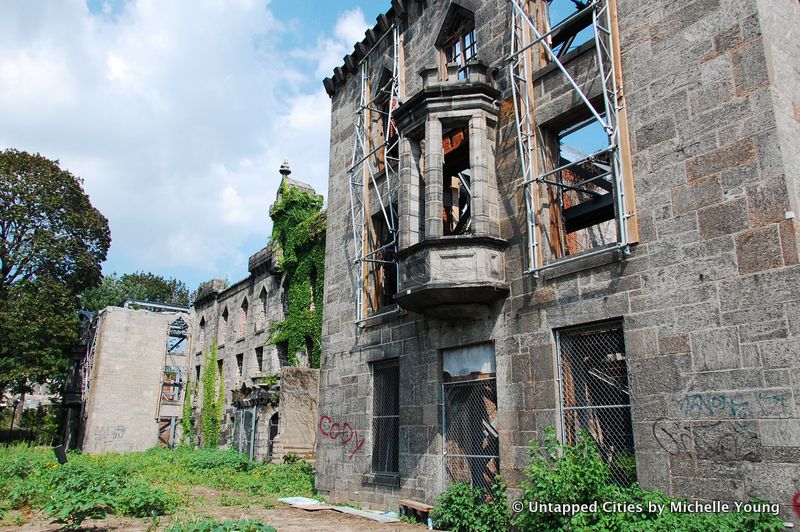
Before the end of the 19th century, it was common to isolate patients suffering from diseases like smallpox in hospitals on New York City’s other islands. North Brother Island was home to a typhoid sanatorium, Hoffman and Swinburne Islands off Staten Island were completely manmade quarantine stations, and a mob of arsonists burned down the Marine Quarantine Hospital on Staten Island.
Closer to Manhattan was Roosevelt Island, up until more recent history a place to locate those in society that didn’t quite fit: prisoners, lunatics and smallpox victims. The location of the Renwick Smallpox Hospital on Roosevelt Island was strategically chosen so patients would be far away from the healthy population. The hospital, completed in 1856 in a Gothic-revival style, was designed by James Renwick Jr., who is known for designing St. Patrick’s Cathedral on Fifth Avenue.
For the 19 years the hospital operated (until 1875), approximately 7,000 patients were treated here. In 1875, the hospital relocated to North Brother Island because Blackwell’s Island had become too populated and the building was converted into a nurses dormitory. By the 1950s, the original smallpox hospital was abandoned.
In 1975, the Landmarks Preservation Committee declared the structure a city landmark, and the only landmarked ruin in New York City. They reinforced the structure to prevent it from toppling to the ground, while the Four Freedoms Park has done some additional reinforcement in hopes to turn it into a visitors center. While the park was being completed, we had the opportunity to go behind-the-scenes into the smallpox hospital on several occasions. Photographs from those visits here and here.
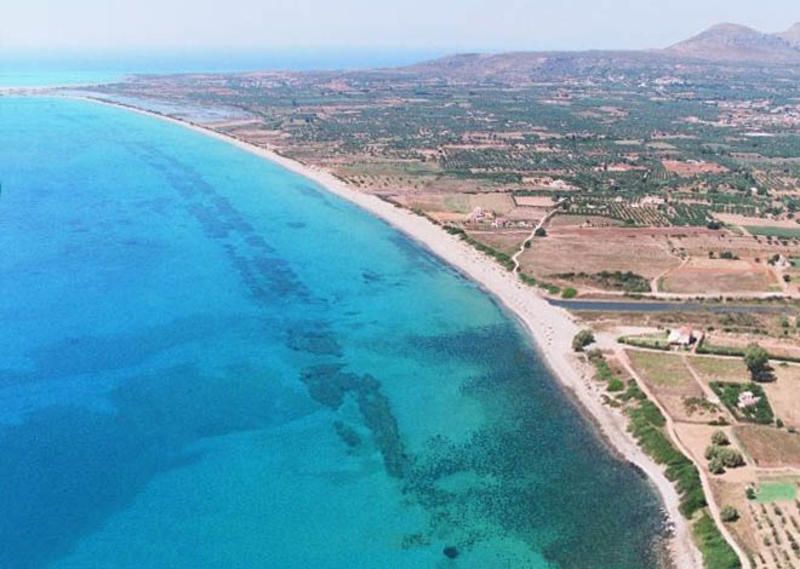
Photo by Spiridon Ion Cepleanu via Wikimedia Commons
Of all the underwater cities to have been discovered, Pavlopetri was the first. This town, likely Mycenaean, was submerged in 1000 BC probably by an earthquake or tsunami. The site is a protected under UNESCO’s Convention on the Protection of the Underwater Cultural Heritage. The 30,000 square meter site comes replete with streets, courtyards, buildings, graves and tombs still in evidence, along with possible monumental structures.
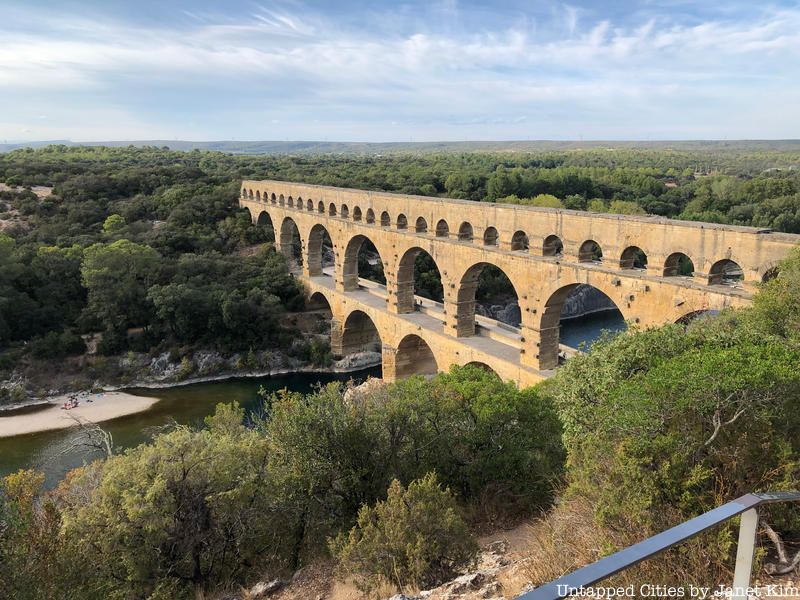
Roman architects and hydraulic engineers built this three level, 360 meter-long and 50 meter-tall bridge in Nimes, France during the first century A.D. Mainly, it was built with tons of soft, yellow limestone from a local quarry. Crossing over the Gardon River, it supplied Nimes, formerly known as Nemausus, with water. The bridge’s design is an engineering feat; the structure’s largest arch gap is 25 meters which is one of the greatest in the Roman world.
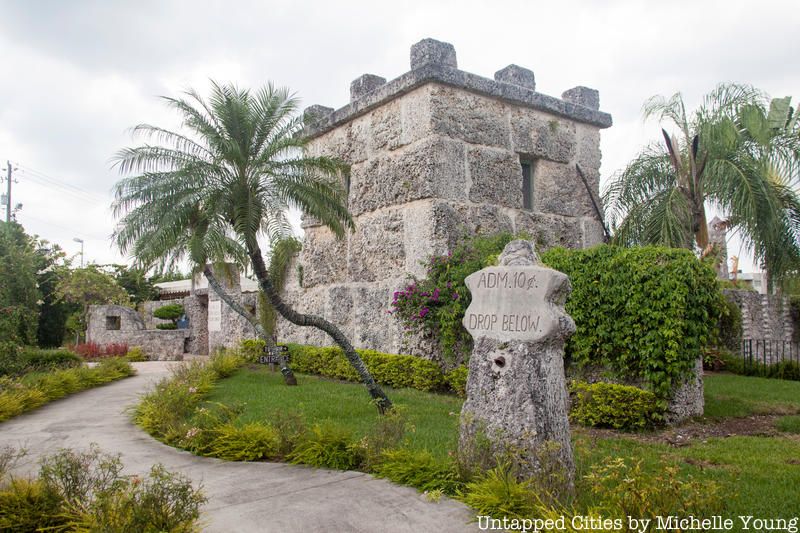
The Coral Castle is actually a sculpture garden with forms purely sculpted from Coral Rock. Between 1923 and 1951, Ed Leedskalnin created his wonderland by carving 1,100 tons of coral rock. The most mysterious part is that nobody knows what skills or tools he used to create this masterpiece. The only think that is known for certain is that he didn’t have access to any sort of machinery. Some of Leedskalnin’s art includes a set of functioning rocking chairs and a 9-ton gate that opens with the touch of a finger. For an admission fee, anyone can check out Leedskalnin’s remarkable work in southern Florida.
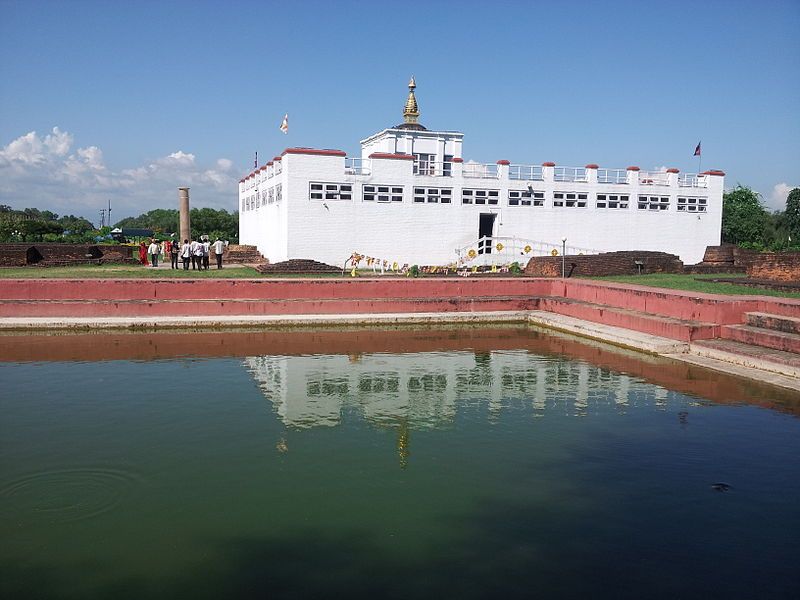
Photo by Rbrajesh via Wikimedia Commons
Lumbini, Nepal is starting to become a famous place of pilgrimage since Lord Buddha was born in the gardens there in 623 B.C. The remains of the Maya Devi Temple are brick structures in a cross-wall system. Until recently, most information known about Buddha has come from scripture but now archaeologists have started to dig up tangible evidence of Buddha’s life, which may actually push back the Buddha’s birth date. At the Maya Devi Temple, archaeologists work along side praying monks and nuns. One of the archaeologists’ new discoveries was archaeologists ancient tree roots dating back to the 6th century B.C. which correlates with Buddha’s birth.
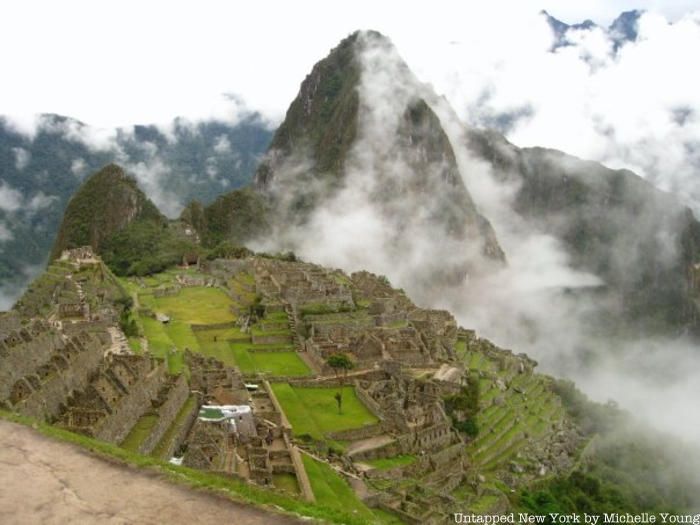
Machu Picchu is the more famous landmarked ruin in Peru, a requisite hike for many backpackers traveling through South America. The hike up Wanya Picchu behind it is a spectacular way to view Machu Picchu.
Another landmarked ruin in Peru is Chavin de Huantar is a large, historical complex located 3,150 meters above sea level in Peru. Dating back to 1300 BC, the ruins include an original temple with underground tunnels, series of stairs, and a pyramid-like structure. Hidden in the temple is a 13-foot granite carving of the Lanzon de Chavin, the most important statue of the central deity of the Chavin culture.
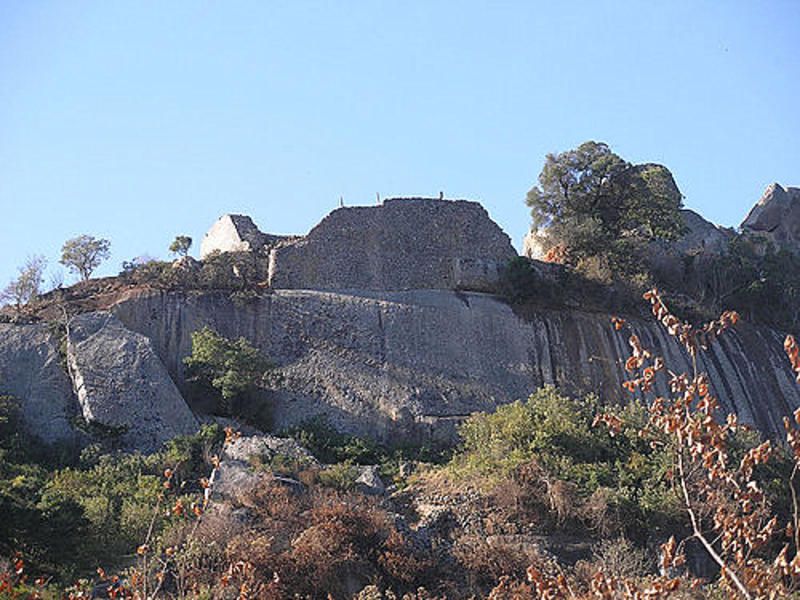
Photo by Macvivo via Wikimedia Commons
Between the 11th and 15th centuries, these remains were the main city of the Bantu Civilization of the Shona. The monument, built out of granite with some walls reaching 20 meters high, was constructed from a dry-stonewalling technique which takes a high-level of masonry expertise. Researchers believe that anywhere from 5,000 to 30,000 people inhabited this site before it turned to ruins. It seems that over the years this monument deteriorated because of drought and overgrazing which exhausted the soil. Today, this legendary capital of the Queen of Sheba is a UNESCO World Heritage site and has been protected since 1893.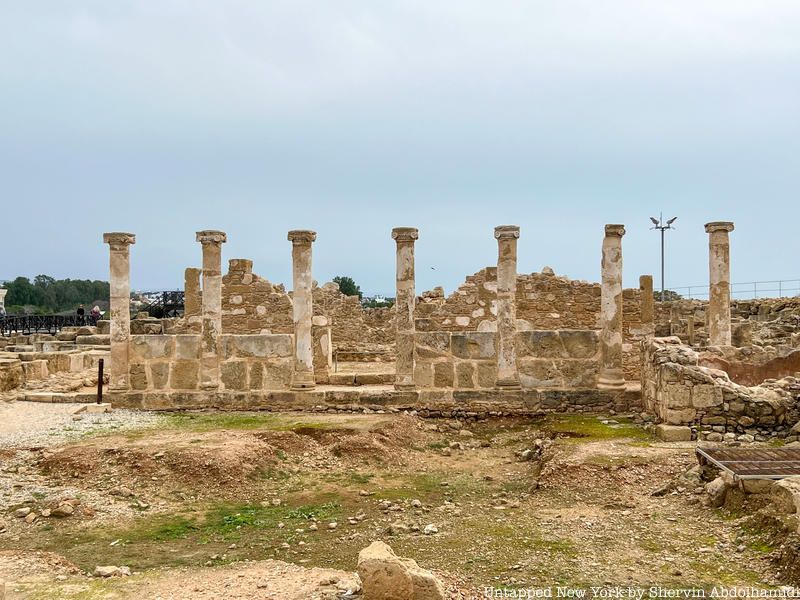
Saranta Kolones, translating to 40 columns, refers to the grand columns found on this Greek archaeological site. Originally, there stood a 13th century Byzantine-era castle built by the Lusignans, destroyed by an earthquake in 1222.
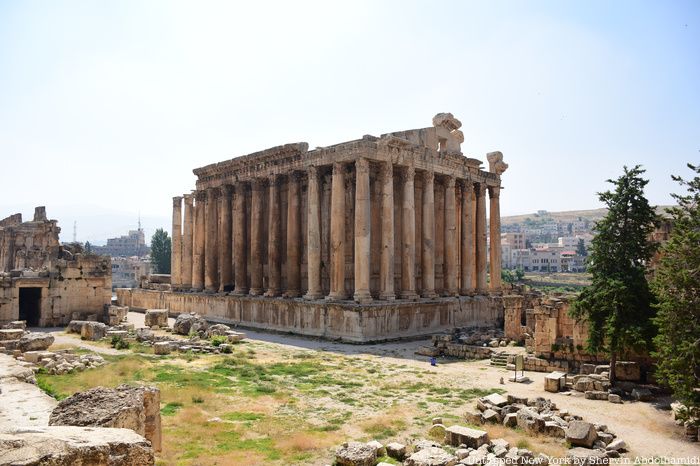
During the ancient times, around 9000 B.C.E., Baalbek, Lebanon was a popular pilgrimage site to worship the Phoenician sky God, Baal. The city remained a pilgrimage site until Constantine the Great legitimized Christianity in the Roman Empire beginning in 313 C.E. The most prominent relic in the city is the six columns left from the Jupiter Temple which stand on a podium seven meters high.
Until the Taliban destroyed them in 2001, there were two giant Buddha statues (55m and 38m tall) in niches in the Bamiyan Cliffs. The statues were sculpted from rock but finished with plaster and paint during the 4th and 5th century. Some rulers even decorated them with jewels. The area contains various Buddhist sanctuaries and art that date back anywhere between the 1st and 13th century C.E.
Next, check out 12 of NYC’s most surprising landmarks.
Subscribe to our newsletter